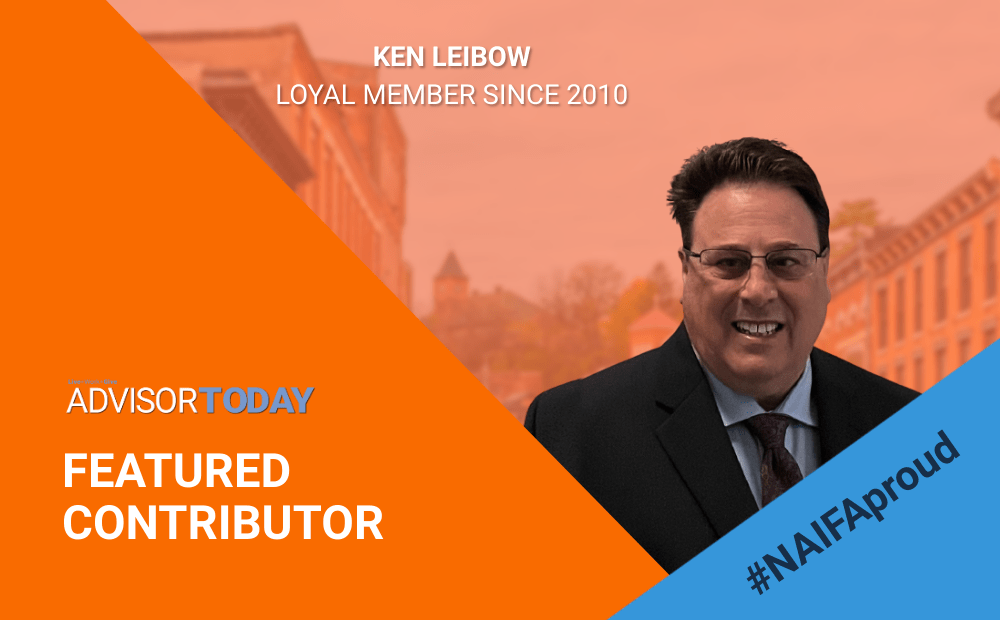Social media marketing can be a huge boost to your business, and you often hear about the best strategies and practices to implement. However, when crafting the perfect social media plan, you also need to think about mistakes to steer clear of to ensure your campaign is a success.
In this article, we will cover some of the top errors businesses by social media platforms and how to avoid them!
Having a Low Response Rate
When you visit a Facebook Page, one of the first things you’ll see is the page’s message response rate. A high response rate suggests that a business has great customer service while a low rate signals that the business is not active on the platform or may struggle with customer service. While this is a seemingly small part of your profile, it can leave a big impression.
Removing Negative Comments
Negative comments are part of every brand's social presence. In an effort to protect your brand’s image, you may want to delete the comment altogether. However, having a solid response to negative comments shows your audience that you don’t shy away from difficult conversations. It can also appease other customers who may have similar concerns.
Not Having a Custom Photo Cover
A custom photo cover is a great way to stand out from your competitors, who may use their logos or stock photos – or worse, nothing at all. Instead, opt for something that says something about your brand, and speaks to your values or your culture. Using an image that has emotional appeal will likely have a much better impact than a simple stock photo that tells us about your product or service.
Ignoring Your Competitors
One of the handiest tools on Facebook is the ability to learn about your competitors in your analytics dashboard. Using inputs from data you’ve already shared, Facebook can compile a list of suggested competitors and tell you how you’re performing against them This can then serve as a benchmark to determine how well you’re doing and what to strive for.
Sharing Low-Quality Content
On Instagram, visuals are the key to success. Whether that be photos, videos, reels, or stories, you have to produce high-quality visual content. While text and captions are important on Instagram, visuals are prioritized on the platform's main feeds. This means that if your content is not up-to-par, you will struggle to retain your audience's attention.
Forgetting About Your Bio
Your Instagram bio is a very small section of your profile but it holds so much power. For starters, it’s a major point of discoverability. When users search for accounts on the platform, the information on your bio will help them find you. Your bio is also a place to convert your users. You can include a link in your bio and lead your audience to your website, landing page, product page, or more.
Having a Personal Account Instead of a Business One
If you’re debating between a personal and a business one, here’s the reason why you should get it: analytics. When you have a business account, you have access to a slew of data that you wouldn’t know otherwise. Everything from how your users are finding you to which posts are driving the most traffic. That insight will be invaluable in building out your Instagram strategy and gaining insights into what resonates with your audience.
Buying Followers
If you’re a small business on Instagram and you want to establish some credibility, or perhaps get more post engagement, you might consider buying followers. While you may get a boost in followers, those followers will not help you in the long run. They’re often bot accounts that will not engage, share, or promote your content. This will also significantly skew your data, making it difficult to know what strategies are actually working.
Ignoring Mentions
Social media is a two-way street. You share, and your audience responds. Too often, brands focus on sharing and forget to interact with their community. On Twitter, this is especially easy as a text-focused app. Brands will tweet away and forget to respond to mentions, which could hold valuable insights into brand perception.
Retweeting Too Often
When a user lands on your Twitter profile, they should have a good idea of what you’re about and know what to expect from your page. If your page is 90% retweets, it makes it difficult to make that assessment. Instead, have a healthy mix of tweets, retweets, replies, and threads.
Tweeting the Same Thing
Think of your Twitter page like your store: The more variety you have, the more opportunities you have to attract your audience and encourage them to stick around. While it’s valuable to repurpose high-performing content, the key is spreading it out over a long period so that it seems fresh every time.
Treating It Like Other Social Media Platforms
Twitter is one of the few social networks where written content is the most dominant. While you may be posting lots of photos or videos on other platforms, the golden rule on social media is to adjust your content to the platform, not the other way around. This means that you’ll have to make sure you’ll likely have to switch from a visuals-first approach to a text-forward one on Twitter.
This article content comes from HubSpot. To read the full list of social media mistakes to avoid, visit the HubSpot blog.





.jpg)





